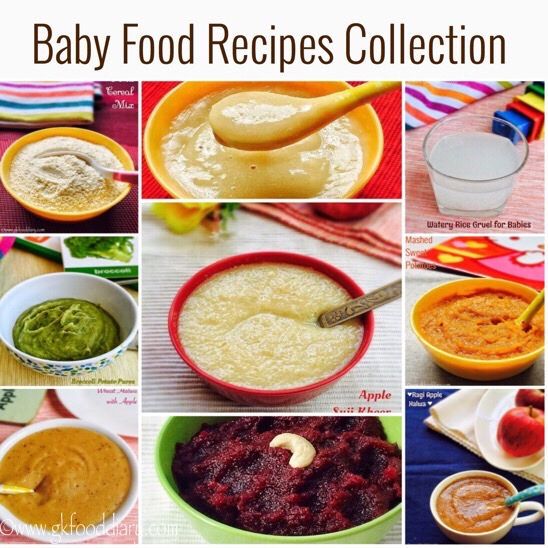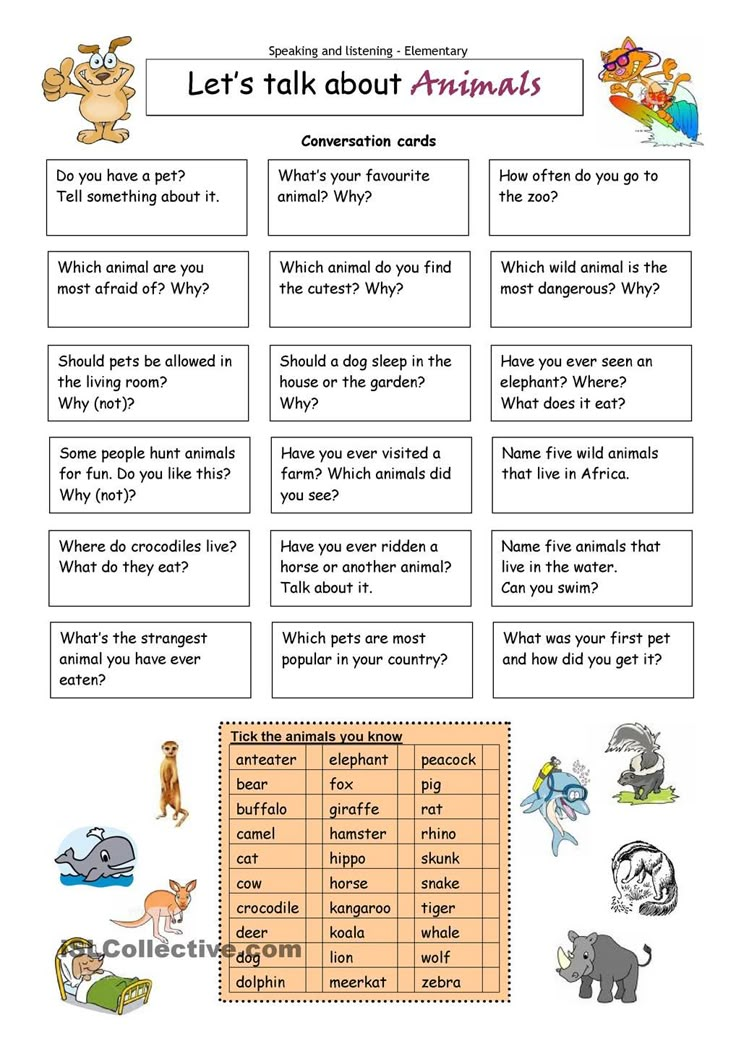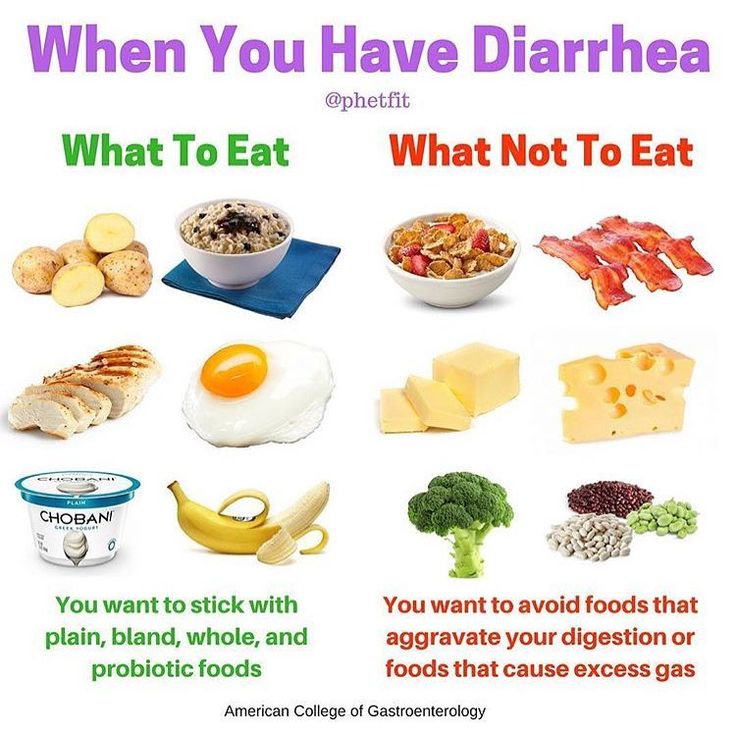When to stop baby food purees
When to end purees and start soft table foods with your infant
Julia was delighted to begin solid foods with her 6-month-old son Brandon. Brandon was a champion eater and quickly learned to manage the iron-fortified rice cereal fed to him from a spoon. As Brandon grew, Julia began introducing pureed foods to provide a more balanced diet in addition to breast milk. By 8 months, Brandon grew impatient for his mother to spoon purees into his mouth. At 10 months, Brandon was communicating he was hungry even though he had eaten three bowls of puree an hour earlier. Julia was wondering why her son had such a veracious appetite and wasn’t content after eating
It is a pleasure to introduce infants to the new tastes of solid foods at 6 months of age. Watching their little tongues learn to move food from the front to the back of their mouths to swallow is mesmerizing. And as soon as they have mastered this skill, parents love to start introducing other foods in pureed form, such as fruits and vegetables. Later, protein sources such as meat, fish, or legumes are also added to the purees to provide a balanced diet in addition to breast milk or formula.
However well intentioned, some parents continue to provide purees rather than moving onto solid table foods because:
they fear that their baby won’t eat enough;
their baby will not be able to mash the soft foods with their gums;
their baby will choke on non-pureed foods; or
the parent enjoys spending time feeding their little one with a spoon.
Reasons such as these may lead parents to offer purees longer than is recommended.
Breastfeeding Bootcamp
Includes 16 lessons.
It doesn’t matter whether you are a new mom or if this is your second or third child: breastfeeding is not always easy. Each baby is unique, and your body is also…
View contents
Newborn Care
Includes 8 lessons.
The first three weeks of life are key to your baby’s development. What the newborn feels during this time constitutes their first experience of the world, and will…
View contents
Baby cereals and purees are only needed during the first months of learning to eat solid foods.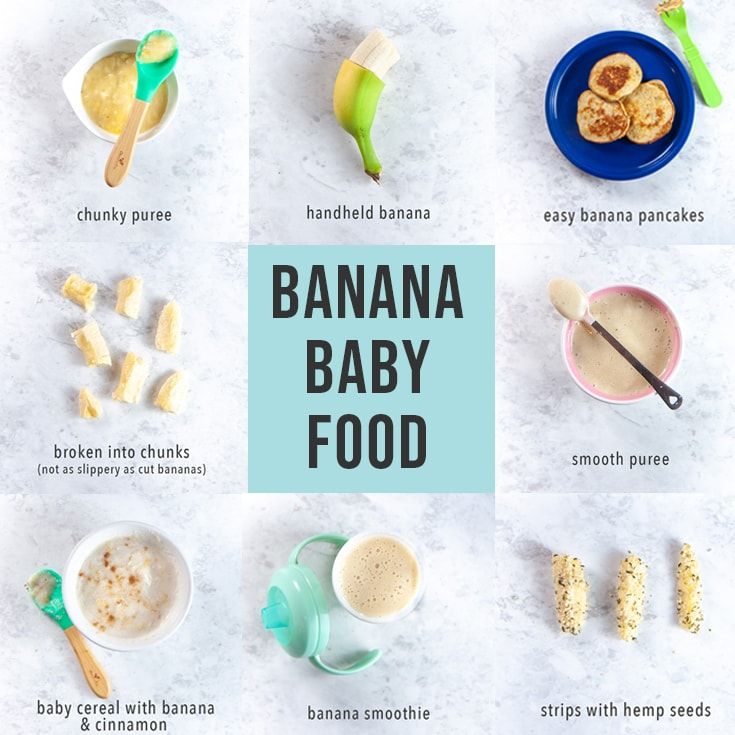 Babies need to learn to control their tongues to move the food from the front of their mouths to the back of their mouths to swallow. Purees allow them the perfect consistency to master this skill. The next step is for them to accept food into their mouth and learn to chew the food with their gums before swallowing. This natural transition from swallowing a liquefied food (puree) to breaking down soft foods (chewing) helps prepare babies for feeding themselves independently.
Babies need to learn to control their tongues to move the food from the front of their mouths to the back of their mouths to swallow. Purees allow them the perfect consistency to master this skill. The next step is for them to accept food into their mouth and learn to chew the food with their gums before swallowing. This natural transition from swallowing a liquefied food (puree) to breaking down soft foods (chewing) helps prepare babies for feeding themselves independently.
When parents continue to offer purees rather than soft table foods, there are a few issues that can arise, including:
Babies take a passive role in eating because the parent is directly involved with spoon-feeding. This can interfere with the baby’s natural hunger and satiety responses;
It can be difficult for babies to accept foods with different types of textures because they are not used to feeling all the unique ways that solid foods feels in the mouth;
Babies can choke if they think they are supposed to swallow everything in their mouth without chewing.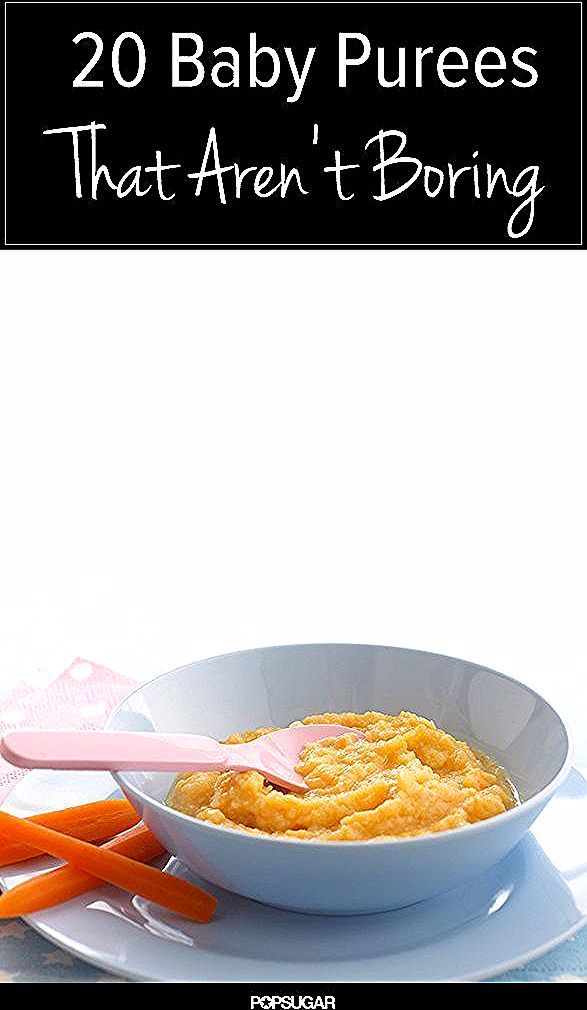 They need time and practice to learn to chew before swallowing; and
They need time and practice to learn to chew before swallowing; and
Purees pass through the stomach faster than solid foods because they are already partially broken down before being swallowed. This can lead to feelings of hunger and stress about when the next offering of food will occur.
To help your baby avoid these and many other issues around feeding, it is recommended that purees are phased out and soft, solid foods are introduced as soon as your baby can move foods easily from the front of their mouth to the back to swallow. This usually happens for most infants by 6-8 months of age. After your baby has mastered this skill, you can start providing foods that the rest of your family is enjoying. You can offer well-cooked, mashed, or ground fruits and vegetables, mashed potatoes, sticky rice, or wheat-free dry cereals like Cheerios that have been broken in half in addition to breast milk or formula.
By 7-10 months, most infants are able to eat chopped cooked vegetables, canned or cooked fruits, cheese, mashed cooked dried beans, strips of toast, crackers and dry cereal, as well as breast milk or formula. And by 9-12 months, most babies can eat cut up soft cooked foods, cut up soft foods like bananas or peaches, tender chopped meats, dishes with noodles that are cut up, dry cereal, toast, crackers, eggs, and cheese, in addition to breast milk or formula. This progression is to prepare your baby to move onto being a toddler on their first birthday and be able to eat everything from the family table that is soft. Remember to avoid foods that can cause choking like whole grapes or sausage rounds. Meat should continue to be cut up into small pieces. Whole pasteurized milk can be given in place of breast milk or formula.
And by 9-12 months, most babies can eat cut up soft cooked foods, cut up soft foods like bananas or peaches, tender chopped meats, dishes with noodles that are cut up, dry cereal, toast, crackers, eggs, and cheese, in addition to breast milk or formula. This progression is to prepare your baby to move onto being a toddler on their first birthday and be able to eat everything from the family table that is soft. Remember to avoid foods that can cause choking like whole grapes or sausage rounds. Meat should continue to be cut up into small pieces. Whole pasteurized milk can be given in place of breast milk or formula.
How to Keep Your Teen From Becoming a J@ck@$$
Dr. Deanna Marie Mason PhD
This practical hands-on book explains how to help teens in the process of finding themselves as they grow into adulthood. It is a unique, special guide because it shares teens’ perspectives on what they need to become the people of their dreams…
View contents
Proactive Parenting: How to Raise Teenagers with Values
Dr.
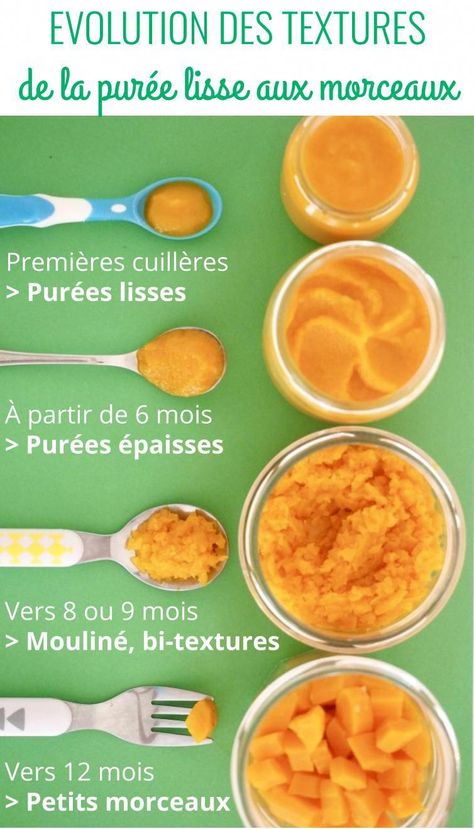 Deanna Marie Mason PhD
Deanna Marie Mason PhDCyberbullying, sexting, alcohol, drugs, unwanted pregnancies, bullying, academic disinterest, and eating disorders are just some of the worries parents face today. However, these situations or behaviors can be avoided if children are educated in values…
View contents
Allowing your baby to grow and adapt their eating habits during the first year of life, as their development permits, will set them up to learn to accept and enjoy a wide variety of foods that support a healthy diet. They will also learn to take more control over eating enough food to keep their bodies satisfied between meals and snacks. Encouraging your baby to transition from purees to solid foods is a wonderful way to support their growth and development.
Sources:
Satter, E. (2000). Child of mine: Feeding with love and good sense. Boulder, CO: Bull Publishing Company.
Swarzenberg, S. Georgieff, M. & Committee on Nutrition. (2018). Advocacy for improving nutrition in the first 1000 days to support childhood development and adult health. Pediatrics 141(2), doi: 10.1542/peds.2017-3716.
Pediatrics 141(2), doi: 10.1542/peds.2017-3716.
World Health Organization. (2003). Feeding and nutrition of infants and young children: Guidelines for the WHO European Region. Denmark: WHO Region Publications.
Share article
About the instructor
Proactive Parenting
Dr. Deanna Marie Mason PhD
More than 20 years of clinical experience helping families:
Bachelor's Degree in Registered Nursing, Master’s Degree in Pediatric Nurse Practitioner and PhD in Nursing. University professor, patient education specialist, pediatric researcher, published author and reviewer to first-line international scientific journals, continuous philanthropic activity related to health promotion and education, wife and mother of two children.
When to Stop Pureed Food for Infants | Healthy Eating
By Krista Sheehan Updated December 12, 2018
Knowing when to stop pureed foods in your baby's diet isn't as easy as knowing when to change his diaper. There is no one-size-fits-all rule for feeding your baby -- but he'll let you know when he's ready. Adding pureed foods to your baby’s diet at around 4 months of age introduces a new world of tastes and textures. But knowing when to stop pureed foods -- usually around 1 year of age -- is important for helping your baby develop chewing and swallowing skills.
There is no one-size-fits-all rule for feeding your baby -- but he'll let you know when he's ready. Adding pureed foods to your baby’s diet at around 4 months of age introduces a new world of tastes and textures. But knowing when to stop pureed foods -- usually around 1 year of age -- is important for helping your baby develop chewing and swallowing skills.
Developmental Timeline
Typically, infants are started on pureed foods between 4 to 6 months of age. In the beginning, choose pureed foods with only one ingredient. As the infant becomes more accustomed to the new texture, include pureed foods with a combination of ingredients -- this typically occurs around 6 to 8 months of age. As your baby moves into the 8- to 10-month time frame, chunkier pureed foods can be introduced. If your baby does well with these foods, introduce soft, cooked vegetables and cooked fruits, breads, soft cereals, scrambled eggs and yogurt around 10 to 12 months of age. If your baby manages these soft foods easily, stop pureed foods. Ideally, your baby should not be eating pureed foods after 1 year of age.
If your baby manages these soft foods easily, stop pureed foods. Ideally, your baby should not be eating pureed foods after 1 year of age.
Baby’s Readiness Cues
Your baby will give you certain clues that indicate he’s ready for solid and finger foods. These cues might include picking up foods with his thumb and forefinger, easily transferring items from one hand to the other and moving his mouth in a chewing motion. Your baby will also be ready to stop eating pureed foods as he develops more teeth and gains more control of his tongue. However, if you attempt to stop pureed foods at 12 months and your baby is struggling with solid and finger foods, adding pureed foods back into the diet might be necessary. Consult your pediatrician if you have any concerns or questions about your baby’s specific diet.
Allergy Considerations
When adding new foods to a baby’s diet, add only one new ingredient at a time. This feeding plan allows you to more easily identify a baby’s allergies or sensitivities to specific foods. Allow your baby to eat the new ingredient for a few days -- unless an allergic reaction occurs, of course. If no reactions occur after a few days, you can safely add another new ingredient to your baby’s diet.
This feeding plan allows you to more easily identify a baby’s allergies or sensitivities to specific foods. Allow your baby to eat the new ingredient for a few days -- unless an allergic reaction occurs, of course. If no reactions occur after a few days, you can safely add another new ingredient to your baby’s diet.
Foods to Avoid
Certain foods and ingredients should be completely avoided in a baby’s diet. According to the Florida Department of Health, your baby should never be given pureed foods made with honey, corn syrup, added sugar, artificial sweeteners, spices, seasonings or salt.
References- March of Dimes: Feeding Your Baby
- Cooking Light: Baby Feeding Timeline
- BabyCenter: Age-by-Age Guide to Feeding your Baby
Krista Sheehan is a registered nurse and professional writer. She works in a neonatal intensive care unit (NICU) and her previous nursing experience includes geriatrics, pulmonary disorders and home health care. Her professional writing works focus mainly on the subjects of physical health, fitness, nutrition and positive lifestyle changes.
Her professional writing works focus mainly on the subjects of physical health, fitness, nutrition and positive lifestyle changes.
is it possible to eat mashed potatoes in jars and lose weight
Studying the range of baby food is amazing: it seems that these babies get the best. Still, modern children can have mango puree for breakfast, eat horse meat with vegetables for lunch, and dine with organic chicken with rice. Why shouldn't adults eat this delicacy too? It turns out that the baby food diet exists and has already gained popularity among Hollywood stars.
Website editor
Tags:
Lady Gaga
Gwyneth Paltrow
Jennifer Aniston
diets
How to lose weight in a week
Getty Images
Tracey Anderson, an American fitness trainer who has worked with many celebrities, became the popularizer of the baby food diet. She suggested that those who want to get rid of extra pounds and keep themselves in shape should pay attention to jars of baby puree. Wiz Reeserspoon, Jennifer Aniston, Gwyneth Paltrow and Lady Gaga followed this diet at various times.
She suggested that those who want to get rid of extra pounds and keep themselves in shape should pay attention to jars of baby puree. Wiz Reeserspoon, Jennifer Aniston, Gwyneth Paltrow and Lady Gaga followed this diet at various times.
There are many advantages of such a diet, but, however, such a diet also has enough disadvantages. We figure out what outweighs and to whom such a diet can suit.
How can you lose weight on baby puree?
There are several variations of this diet. The strictest option does not involve the use of any other products - only mashed potatoes, no juices, curds and other products. It is optimal to use only mono-products, which means that, most likely, you will have to limit yourself to mashed potatoes for the smallest ones, because jars for older children already contain mashed potatoes from several components.
It is recommended to consume no more than 1200 calories daily.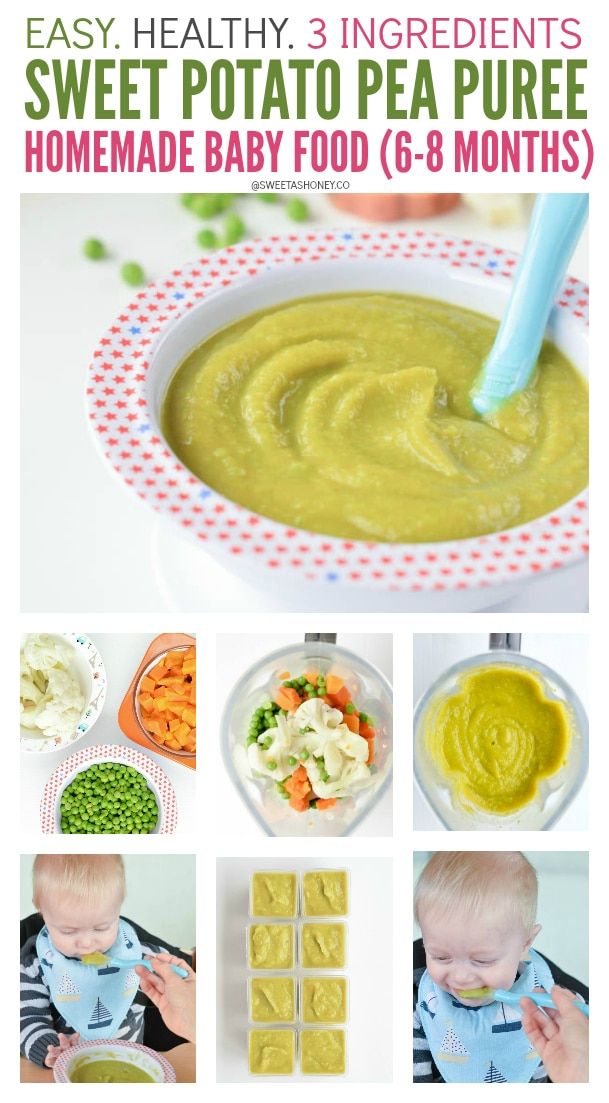 Considering that one jar contains up to 100 kcal, you will need quite a lot of such jars for one day. It is quite possible to lose weight on baby food - following a diet for babies can provide a loss of up to 5 kilograms per week.
Considering that one jar contains up to 100 kcal, you will need quite a lot of such jars for one day. It is quite possible to lose weight on baby food - following a diet for babies can provide a loss of up to 5 kilograms per week.
An easier and simpler option is to substitute baby puree for several meals or use baby food for a quick snack.
IT'S INTERESTING
Gwyneth Paltrow and other stars whose wedding was canceled on the eve of the celebration
Brad Pitt and Gwyneth Paltrow met on the set of the film "Seven", and they began a stormy romance on the set. The couple even had the same style of clothing at that time! The upcoming wedding of two sex symbols seemed like the event of the year, but Brad and Gwyneth unexpectedly parted ways. According to rumors, the reason was the bride's infidelity: she allegedly had an affair with colleague John Hannah on the set of "Beware the Doors Are Closing."
1 of 5
What are the benefits of a baby food diet?
Such a diet can captivate with its simplicity - you don't need to count calories, because all the data is written on the jar. There is no need to waste time on cooking, serving and studying the composition, and the products for babies are so diverse that such a diet cannot be called boring. Do not forget about the quality of the products - baby food meets the highest standards, and therefore definitely does not contain harmful additives, artificial colors and incomprehensible ingredients.
There is no need to waste time on cooking, serving and studying the composition, and the products for babies are so diverse that such a diet cannot be called boring. Do not forget about the quality of the products - baby food meets the highest standards, and therefore definitely does not contain harmful additives, artificial colors and incomprehensible ingredients.
In general, when choosing food for the little ones, you will definitely not buy pizza for babies or baby fries in a jar: the assortment will be healthy and healthy. Take at least mashed broccoli or green peas.
Weight loss on such a diet is more than real: the absence of harmful products, calorie restriction, portions adjusted to the gram will help get rid of extra pounds.
The Baby Puree Diet: Cons of the Diet
Obviously, for most of us, baby food as a permanent diet will not work - this system can serve to unload for a week or two.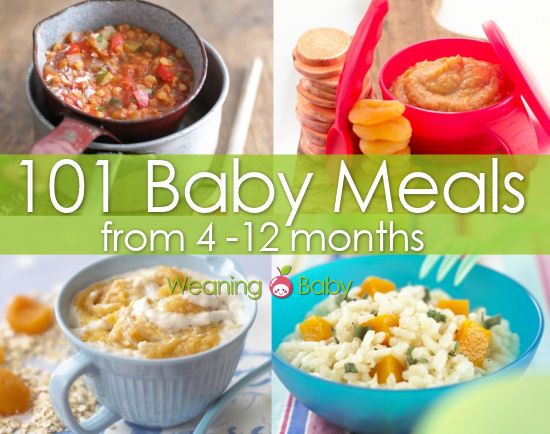 Abuse of a strict version of the diet can harm rather than improve the body.
Abuse of a strict version of the diet can harm rather than improve the body.
If you follow such a diet, you will have to eat food without spices - salt, pepper and other seasonings are not added to monocomponent purees. Surviving more than two weeks on unleavened food is not so easy.
In addition, it is worth remembering that protein, whole grains, fiber and proper fats enriched with polyunsaturated fatty acids are not enough in children's products - they are quite enough to provide everything a baby needs, but they are not enough for an adult. Long-term adherence to such a diet can lead to digestive problems.
For those who have already encountered certain diseases of the digestive system, it is completely worth refusing to use baby puree in large quantities. Also, the diet is not recommended for pregnant and lactating women, those who suffer from anemia, have problems with pressure.
Another important factor is the high cost. A two-week sitting on baby puree will cost a pretty penny, because you will have to eat the contents of 10-15 cans every day, which will cause both the body and the wallet to lose weight at the same time. We also note the environmental aspect - such a huge number of empty jars will quickly accumulate in your house that the question of their proper disposal may arise.
A two-week sitting on baby puree will cost a pretty penny, because you will have to eat the contents of 10-15 cans every day, which will cause both the body and the wallet to lose weight at the same time. We also note the environmental aspect - such a huge number of empty jars will quickly accumulate in your house that the question of their proper disposal may arise.
Baby puree: yes or no
Feedback from those who have already tried the baby puree diet is mixed. Some say that such a diet really allowed them to throw off those extra pounds, while others note a constant feeling of hunger for one or two weeks of “canned” nutrition. Many simply yearned for "adult" food, wanting to chew on pieces of food and not only absorb certain foods, but enjoy the very process of eating.
Those who nevertheless decide to try such a diet should not forget that it is not necessary to follow it for more than two weeks.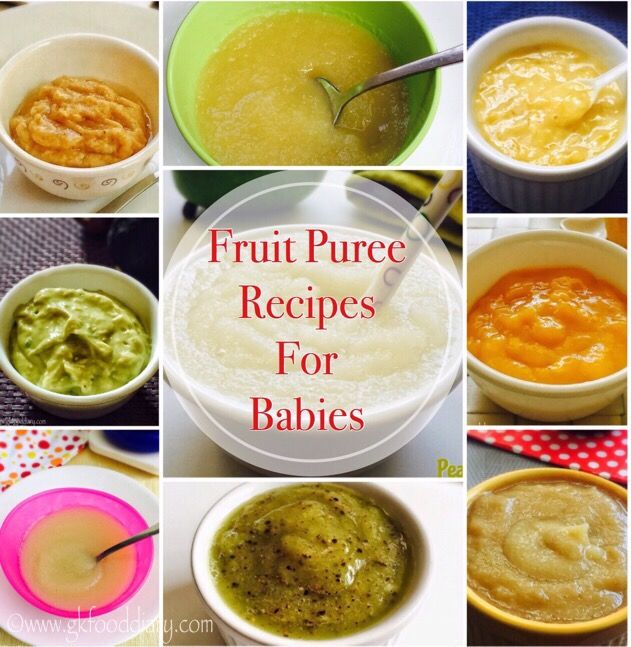 It is important to drink enough water, and if necessary, add at least a little fiber to your diet. If any health problems associated with such nutrition occur, the diet should be stopped immediately, and it is best to consult a nutritionist before starting a weight loss course.
It is important to drink enough water, and if necessary, add at least a little fiber to your diet. If any health problems associated with such nutrition occur, the diet should be stopped immediately, and it is best to consult a nutritionist before starting a weight loss course.
Baby food
Baby food and the healthy diet of a child are, of course, of concern to all parents. How and what to feed? When, how much? All this is important for moms and dads to know in order to navigate the diverse world of baby food in order to raise a healthy child.
20 most interesting facts about baby food, which will be useful to parents and help establish a healthy and proper diet for the child.
20 most useful and interesting facts about baby food
1. Breast milk is the most important product in a baby's diet and cannot be replaced by formula, cow's or goat's milk. Pediatricians have proven that breast milk protects the baby from gastrointestinal infections, helps to avoid many respiratory infections, and protects the baby from allergies.
2. Taste habits are acquired in the mother's womb. The baby catches the aroma of the products that the expectant mother consumes during pregnancy and breastfeeding. Subsequently, the child perceives and digests these products easier. So the diet of a nursing mother and a pregnant woman should be especially healthy and varied.
3. Surprisingly, but true: breast milk intended for boys contains more proteins and fats than milk for girls.
4. Adding salt and sugar to baby food is not recommended until at least 1.5 years old, because salt overloads the kidneys, and sugar overloads the pancreas. It should be borne in mind that until the age of one, the kidneys of a child cannot process more than 1 g of salt per day - just as much salt is found in foods without added salt.
5. It has been proven that those who were given sweets by their parents in childhood suffer from excess weight in adulthood.
6. According to the World Health Organization, a 6-month-old baby should eat 60-70 g of fruit and vegetable puree every day. A one-year-old baby requires about 100 g of fresh vegetables and fruits.
A one-year-old baby requires about 100 g of fresh vegetables and fruits.
7. Iodized salt is much healthier than non-iodized salt. The mental development of a child is related to the amount of iodine he receives daily.
8. The shelf life of iodized salt is of great importance because iodine breaks down over time. So you should not consume iodized salt if more than 6 months have passed since the date of its packaging.
9. Semolina is the most useless porridge, because, in addition to carbohydrates, it practically does not contain trace elements and vitamins necessary for the child.
10. Oatmeal should not be given to a child every day, because it contains phytins, which interfere with the absorption of calcium.
11. Excess weight in a child is often associated with untimely introduction of cow's or goat's milk into complementary foods, which contains 3 times more protein than breast milk.
12. According to research, every year vegetables and fruits contain less and less vitamins and microelements. For example, over the past 30 years, the amount of magnesium in apples has decreased by 1.5 times, the content of iron in white cabbage from the beginning to the end of the 20th century has decreased by 2 times, calcium by 5 times and magnesium by 4 times.
For example, over the past 30 years, the amount of magnesium in apples has decreased by 1.5 times, the content of iron in white cabbage from the beginning to the end of the 20th century has decreased by 2 times, calcium by 5 times and magnesium by 4 times.
13. As a result of heat treatment, vegetables and fruits lose more than 20% of vitamin B, more than 60% of vitamin C and most of the other vitamins. Only starch and fiber remain.
14. Juice cannot completely replace fruits and vegetables or purees from them, because fruit and vegetable purees and pulp contain much more nutrients. Juice does not contain fiber at all, but it is necessary for proper digestion. In addition, fruit juices contain a high concentration of sugar, which is bad for a child's teeth.
15. Baby food marked with the words “for children” is enriched with the necessary vitamins and microelements in accordance with the norms of the Ministry of Health and WHO. As a rule, these are beta-carotene, iron, iodine, potassium, vitamin C.
16. It is prohibited by law to add preservatives to baby food. Duration of storage is ensured by special heat treatment, aseptic packaging, as well as the addition of vitamin C, which is not harmful to children.
17. The main advantage of commercially produced baby food - fruit, vegetable juices and purees, meat and fish dishes - is that the raw materials for its production are grown and obtained in ecologically clean areas where the presence of chemical industry enterprises is not allowed.
18. According to pediatricians and WHO, about 50% of babies under the age of one year receive too little meat in their daily diet. But it is at this age that children grow the fastest, so their bodies require meat products that contain the necessary iron, zinc and proteins. As a result of the lack of meat in the diet, children suffer from iron deficiency anemia.
19. Many children, according to psychologists, do not want to eat, not because they are not hungry, but because the process of eating food seems boring and too long for them.

